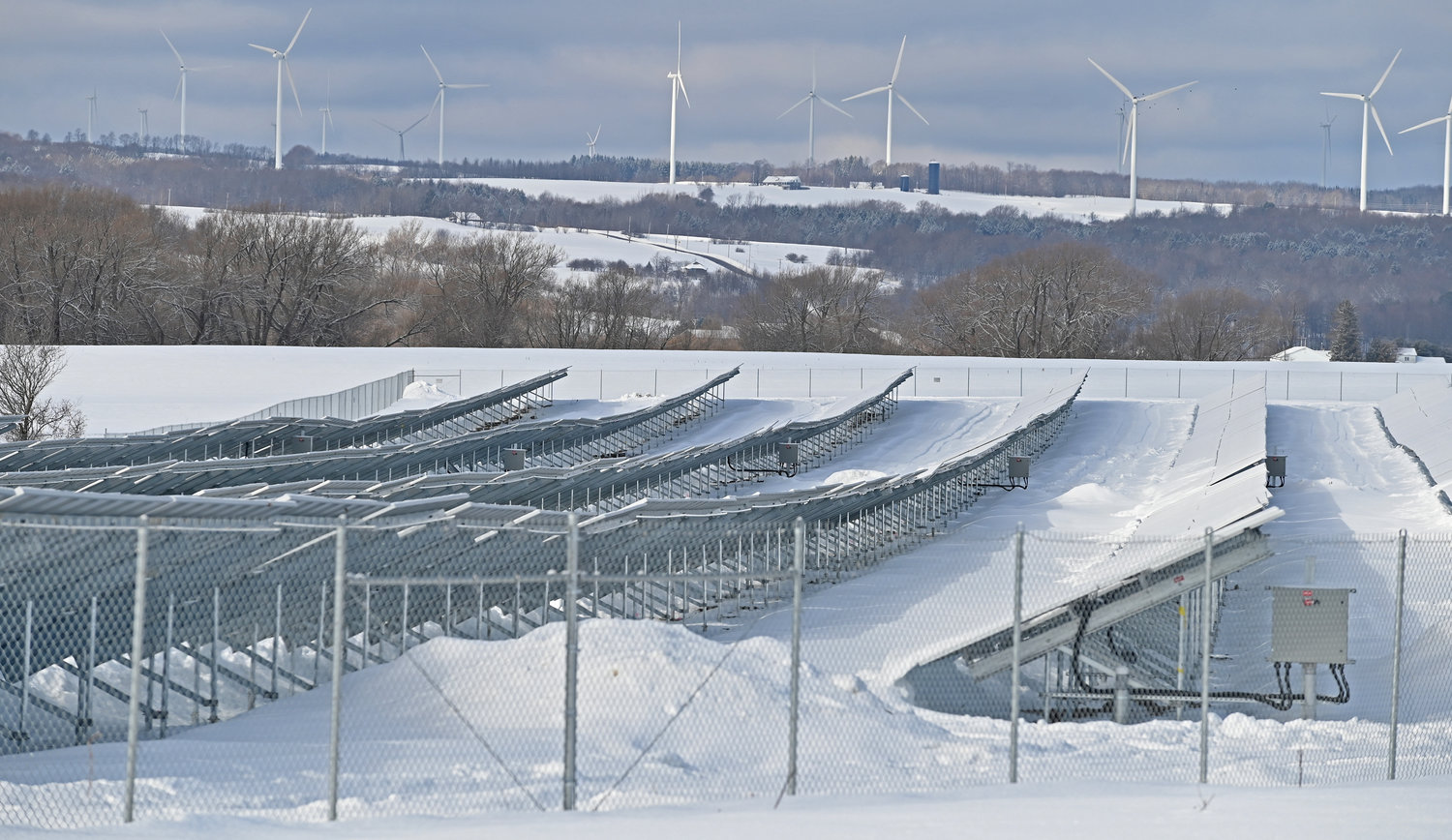A 4.8 MW community solar farm has officially started construction on Flat Rock Road, Martinsburg, New York. The area where the new solar farm is being constructed is part of the local snowmobile trail, which sometimes receives heavy snowmobile traffic. The Martinsburg solar farm is a large group of solar panels installed in a strategic location that benefits from a lot of sunlight. Anyone in the area of the array can subscribe to the clean energy produced by the panels and get credits on their regular utility bill, according to US Light Energy.
Also Read: Controversial solar farm project approved, Polk County
When a customer subscribes to the solar farm project, they then will receive two bills each month. One bill will be sent from their regular utility company with the applied solar credits. This bill typically has a very low if not negative/credited balance. The second bill will be sent from the solar provider for the negotiated rate per kWh for the power allocated to the subscriber from the solar array. Construction has been scheduled to be completed by Spring of 2020.
“Community solar provides homeowners, renters, and businesses equal access to the economic and environmental benefits of solar energy generation regardless of the suitability of their home or business for an on-site solar array,” US Light Energy Communications Outreach and Engagement Manager Scot Schechner, said. “By installing solar panels in a sunny, remote location, individuals and businesses around the Community Solar farm can subscribe to the clean energy it creates, and accumulate credits towards the balance on their utility account. You can reduce the cost of your electricity, help put more clean, renewable solar power into our energy supply, and never see a solar panel on your roof.”
He added; “We actually evaluate potential sites based on a fairly long list of factors, including size, topography, distance to the required infrastructure, environmental impact, construction costs, etc., along with interest and input from the landowner.”
